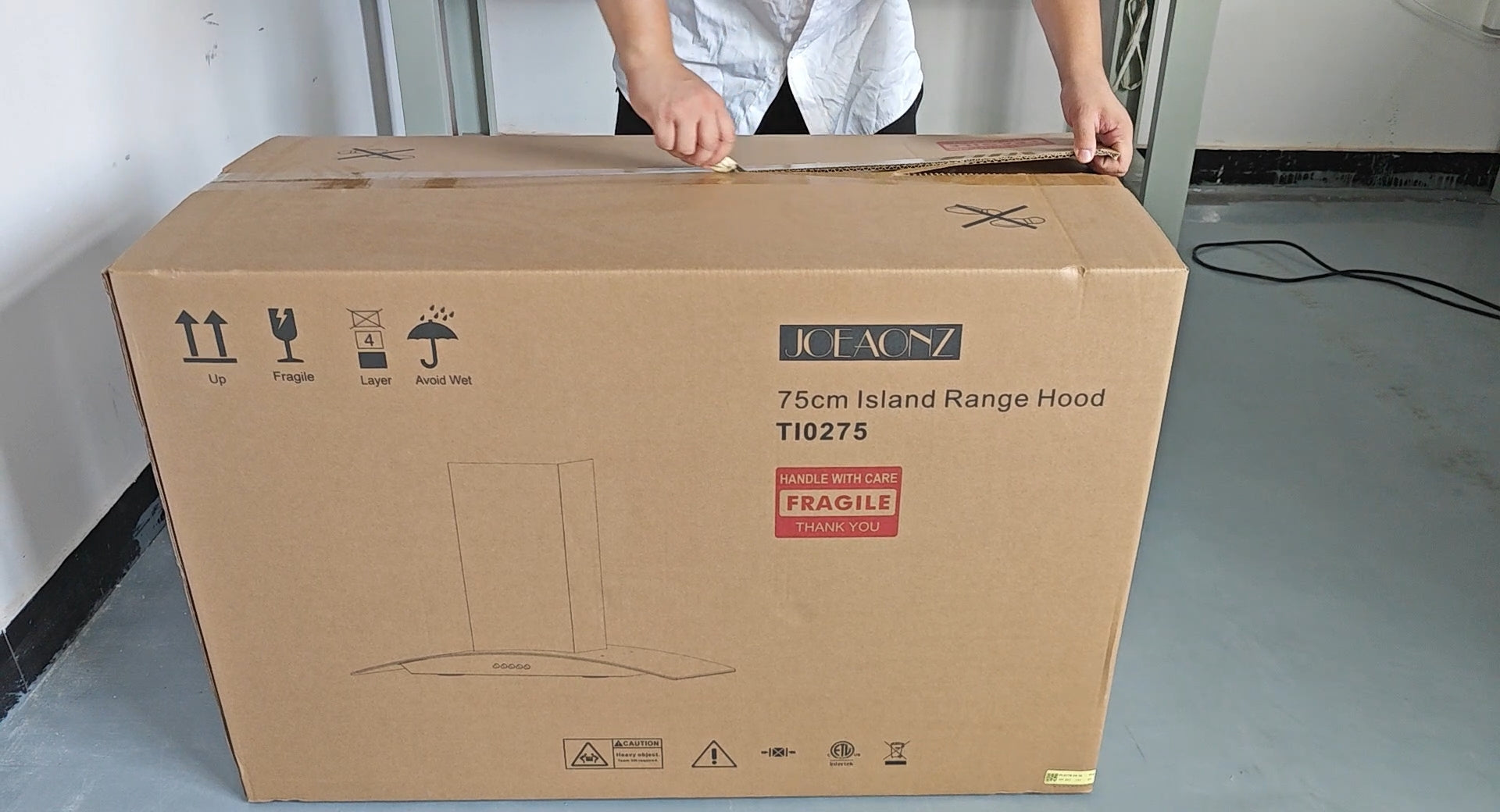Introduction
When we think of summer, a cool drink with ice often comes to mind. Ice makers have become an essential part of our lives, especially during the warmer months. But how did this ingenious device come to be? To appreciate the convenience of our modern ice makers, we need to travel back in time to understand the origins and evolution of ice making. This journey from natural ice harvesting to the development of mechanical ice makers reveals the fascinating history behind this summer staple.
The Early Days of Ice Making
Before the advent of ice makers, people relied on natural ice harvested from lakes and rivers during the winter. This ice was stored in ice houses, insulated buildings designed to keep the ice from melting for as long as possible. Ice harvesting was labor-intensive and dependent on weather conditions, making it an unreliable source. Despite these challenges, ice was a valuable commodity, especially in warmer climates where it was used to preserve food and cool drinks.
Early methods of ice storage involved burying the ice under sawdust or straw to provide insulation. However, this method had its limitations, and much of the harvested ice would melt before it could be used. The demand for ice was high, and the need for a more reliable and efficient way to produce and store ice became apparent.
The Invention of the Ice Maker
The invention of the ice maker marked a significant turning point in the history of ice production. One of the pioneering inventors was John Gorrie, an American physician who sought to create artificial ice to cool the air for his patients suffering from yellow fever. In 1851, Gorrie was granted a patent for his ice-making machine, which used a compressor to create ice. Although his invention did not gain immediate commercial success, it laid the groundwork for future innovations.
The development of mechanical refrigeration in the late 19th century revolutionized ice production. Carl von Linde, a German engineer, made significant contributions with his refrigeration technology, which used ammonia as a refrigerant. This innovation led to the creation of the first commercial ice-making machines, allowing for the mass production of ice and making it more accessible to the general public.

Evolution and Improvements
As technology advanced, so did the design and efficiency of ice makers. The transition from large industrial machines to smaller, more efficient domestic models transformed the way people used and accessed ice. In the early 20th century, electric ice makers became more common in homes, providing a convenient and reliable source of ice.
The impact of ice makers extended beyond households. Industries such as food processing, transportation, and medicine benefited greatly from the availability of artificial ice. Ice played a crucial role in preserving perishable goods during transportation, contributing to the growth of the food industry. In medicine, ice was used to store and transport vaccines and other temperature-sensitive materials, highlighting its importance in public health.
The Cultural Impact of Ice
Ice quickly became a symbol of modernity and luxury. In the early 20th century, advertisements for refrigerators and ice makers often emphasized the convenience and sophistication they brought to households. The presence of ice in beverages and culinary practices became a sign of affluence and good living.
During the summer, the role of ice is particularly pronounced. Iced beverages, from lemonades to cocktails, became synonymous with refreshment and relaxation. Ice cream, another summer favorite, owes its popularity to the availability of reliable ice production. The cultural significance of ice is evident in how it transformed food and beverage practices, making chilled drinks and frozen treats a staple of summer enjoyment.

Modern Ice Makers
Today, ice makers have evolved into highly sophisticated appliances. Modern ice makers come in various sizes and styles, from portable countertop models to built-in units for kitchens and bars. Advances in technology have improved their efficiency, making them faster and more reliable.
Environmental concerns have also influenced the design of contemporary ice makers. Manufacturers are focusing on energy-efficient models that reduce water and power consumption. Innovations such as nugget ice and clear ice cater to specific consumer preferences, enhancing the user experience. Additionally, efforts are being made to minimize the environmental impact of ice production, with a focus on sustainability and eco-friendly practices.

Contact Tieasy Today
From its creation during the 19th century, the ice maker has become a staple in our homes and businesses. Especially in summer - our lives would not be the same without it.
Our ice machines cater to both home and commercial use and are inexpensive!
With summer right around the corner, it's time to get an ice maker for your home!
https://www.tieasyfactory.com/collections/ice-maker
Conclusion
The journey from traditional ice harvesting to modern ice makers is a testament to human ingenuity and the desire for convenience. What began as a labor-intensive process dependent on natural conditions has evolved into a sophisticated technology that provides us with a steady supply of ice, enhancing our daily lives. As we enjoy a cold drink on a hot summer day, we can appreciate the remarkable history and advancements that have made this simple pleasure possible. Ice makers are more than just appliances; they are a symbol of progress and a staple of summer.




Leave a comment
All comments are moderated before being published.
This site is protected by hCaptcha and the hCaptcha Privacy Policy and Terms of Service apply.